Henry Curzon Allport is known forhis paintings and sketches, some of which can be found in the Mitchell Collection of the State Library of NSW. Also, there is a very good biography of him by Kevin Fahey on Design & Art Australia Online. It is worth reading1. A similar biography is available in “Dictionary of Australian Artists: painters, sketchers, photographers and engravers to 1870”2 Here are some focalpoints of this biography:
Henry Curzon Allport (6 February 1788 – 2 December 1854) was
- A watercolourist, art teacher and property agent;
- Contemporary and pupil of John Glover;
- Elected to the Old Watercolour Society in 1818;
- The artist who painted “Conway Castle”, purchased by the British Museum in 18193
- Engaged in the wine trade after about 1823. (The British Museum notes: ‘his surname was one to give colour to the rumour’).
- An immigrant to New South Wales in 1839, with his wife Bertha Betts and children; and
- Recognised around 1847 as a valuable member of the artistic circle that met regularly in Sydney.

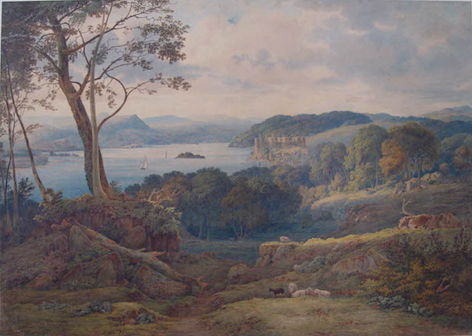
Also, Henry Curzon Allport was, for an unknown length of time, Edward Macarthur’s property agent. He managed the Macarthur estates at Parramatta and Pyrmont4 that had been established in the earliest days of the colony of New South Wales by John and Elizabeth Macarthur, and later inherited by their eldest son Edward, regardless of the fact that he lived most of his life in England.
This article attempts to put forward some information about HC Allport’s life, pieced together partly from genealogical records and newspaper clippings but mostly from the paintings and sketches that are in the Mitchell Collection of the State Library of NSW.
Apart from Henry’s artistic activities, not much about him has hitherto been published. From 1823 until his departure for New South Wales in 1839, he earned a living partly as a wine and spirit merchant, and partly as a commission agent. One fact has emerged: on 2 October 1835, Henry Curzon Allport, Wine & Spirit Merchant & Maltster was declared bankrupt5. The ‘Bankrupt Directory of 1820-43’ notes that he was later ‘a commission agent of Lansdowne Place, Middlesex and of Bread Street Hill, City of London’.
Henry and his second wife Bertha Allport née Betts (1807- 1885) and their children arrived in Sydney on the Augustus Caesar on 1 April 18396.
The Allports’ record of arrival on 1 April 1839 states that the couple had ten children7. This is incorrect. At the time of their arrival the Allports had six children: William Edward age 12, Bertha Betts age 11, John Ireland age 10, Henry Curzon (junior) age 9, Catherine Davison age 5, and Frank age 3. Four more daughters were born in NSW of whom three survived infancy: Alice, born about 18408, Clara Lucilla, born in 1843, and Florence, born in 1845.
Henry Curzon Allport, Bertha and their family visited Port Macquarie in July 1839, just three months after they arrived in NSW, and it is possible that during their stay they would have enjoyed a family reunion with Bertha’s sister Emma and her husband, Enoch William Rudder, who had settled about 50km to the north at present-day Kempsey in 1836. Emma Betts had married Enoch in 1824 in Birmingham, England, and after emigrating to NSW in 1834, within two years the couple had moved with their large family to a property on the Macleay River. Rudder had bought Samuel Onions’ grant of 812 acres, ‘and on this transaction is built up the history of Kempsey’. Rudder is often called the ‘Father of Kempsey’9. When the Allports visited Port Macquarie, Henry Curzon Allport drew the five sketches of the area that now reside in the State Library of NSW10. One of them is reproduced to the right.
In Sydney, the family settled at Botany before establishing their residence at Concord Point on the Parramatta River. By December 1840, Henry had sketched the entrance of the Cook’s River, Botany Bay and the residence of Mrs Bowerman, Kissing Point. In 1842, he painted a watercolour of a settler’s cottage, but no location was given. Could it be that this was painted from a sketch done in Kempsey? It is not certain but seems likely that the family visited Kempsey in 1839. Some pictures of the Macleay River near Kempsey show a similar landscape, such as the photograph shown to the right.
By 1841, the NSW census of that year records Henry Curzon Allport living at Hunters Hill: a sketch by him of a neighbouring property in the district dated 1841 is shown to the right. The notation on the picture is: ‘Hunters Hill: Residence of J Devlin Esq’11 In June 1841, Henry had sketched “From the Estate of Mr A Davy, South Head Road”.12
In 1847, Henry sketched Looking Glass Bay, Parramatta River. This is in the vicinity of Concord.
For a time before September 1854, Allport was employed by the Australian Agricultural Company at Goonoo Goonoo (near Tamworth, NSW). A reference for Henry Curzon Allport from Phillip Gidley King at Goonoo Goonoo Station dated 15 September 1854, states that, “I have much pleasure in furnishing you with these few lines to express the pleasure I feel in testifying to your zeal and ability and the activity with which you discharged the duties required of you while serving under me in the employment of the Australian Agricultural Company for a period of one year and four months…”13 See also the website for Goonoo Goonoo Station.14
None of the other sketches and watercolours in the collection in the Mitchell Library is dated. There are no sketches of Goonoo Goonoo by Henry Curzon Allport in the Mitchell Collection, State Library of NSW.
After John Macarthur’s death in 1834, many of his large property holdings were inherited by his eldest son, Edward Macarthur, who at that time was living in England, but also in Melbourne. Edward eventually appointed Henry Curzon Allport as his agent to manage the Macarthur properties in Parramatta and Pyrmont. No doubt Henry was kept busy looking after the Macarthur estates. Once again, it is unclear as to when Henry started working for Edward Macarthur, but it must have been well after 1840. In fact, it is most likely to have been for only two years, from 1852 to 1854, when Henry Curzon Allport died. There are two reasons for this supposition: Firstly, the Macarthur to Allport letters in the Mitchell Collection of the State Library of NSW only start in 1852. These letters were almost certainly donated by Catherine Davison Allport, their last surviving daughter. She was a collector of memorabilia, evidenced by the fact that she had Lady Fitzroy’s sideboard, an exact duplicate of which is in old Government House, Parramatta. The sideboard was passed on to the current owners of the house where Catherine lived at the end of her life. The second piece of evidence is the advertisement in the Sydney Morning Herald dated 1 September 1851, which refers to Purkis and Lambert as agents for collecting rent from Macarthur’s Pyrmont Estate.
Henry Curzon Allport’s brother, Joseph Allport, is well known in Tasmania. He was the progenitor of the very wealthy Allport family of Tasmania. ‘The Allport bequest [to the State Library of Tasmania] remains one of the most generous in Tasmania’s history’15. As far as can be ascertained, Henry did not visit Joseph in Tasmania.
One place of residence of Henry and his family is well known: Elizabeth Farm. It is where Henry died suddenly in December 1854. Bertha Betts Allport, Henry’s 26 year-old daughter recorded their lives in a diary. One important entry is about the family moving to Elizabeth Farm from Concord: ‘May ’54. 1 . Papa & Mamma left Concord for Elizabeth Farm’16. Bertha’s diaries also describe their move from Elizabeth Farm.
William Edward Allport received the following by mail17:
24 July 1863. Dear Mr Allport, I have received your letter of the 21st May last and have now to acquaint you that I have appointed my nephew Mr James Bowman to succeed you as my agent in New South Wales. He will be aided by the advice and assistance of my nephew-in-law Mr Chisholm.
Bertha Allport’s diary records on 13 October 1863, William Allport received a letter from Mr Bowman, ‘who objects to the rent Willie offers’. The Allports were not well off. On the same page in Bertha’s diary (entry for 14 October), she says, ‘this is my week in the kitchen’.18
Finally, the family were given notice. ‘Tuesday 21st [December]. I mean 22nd. Bowman came to the Cottage tonight & brought a note from Chisholm saying they wished to take possession on the 31st. What wretches these are …’19
We have to move forward to get a hint of what happened with the Allports after they left Elizabeth Farm. The obituary of Catherine Davison Allport indicates that for a while the family moved a short way across the Parramatta River to Dundas, and ‘subsequently returned to make their home in Parramatta South. As a result of the death of relatives in England, Bertha inherited a fortune’.20
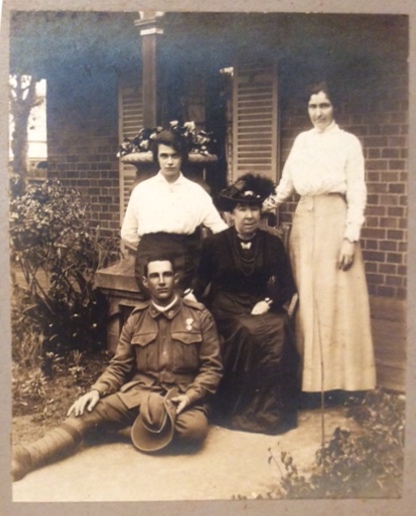
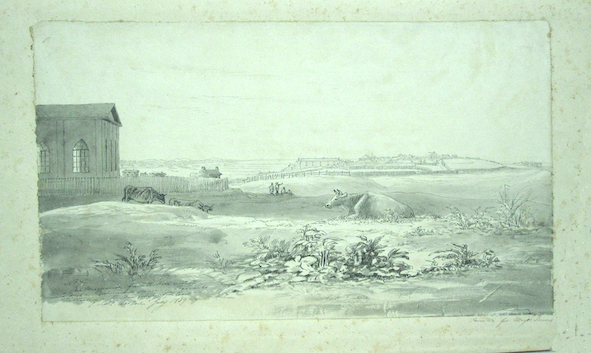
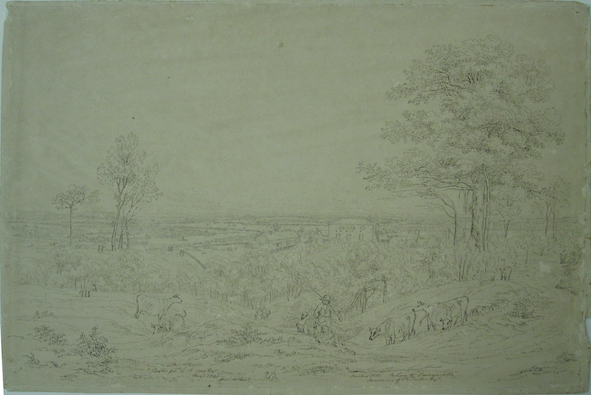
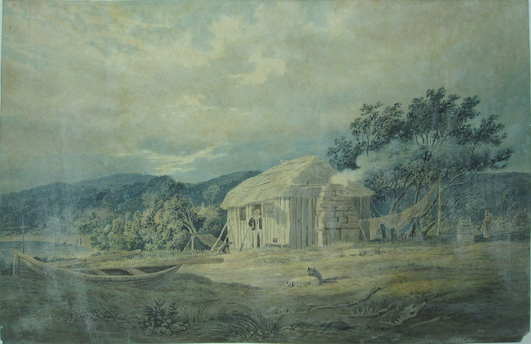
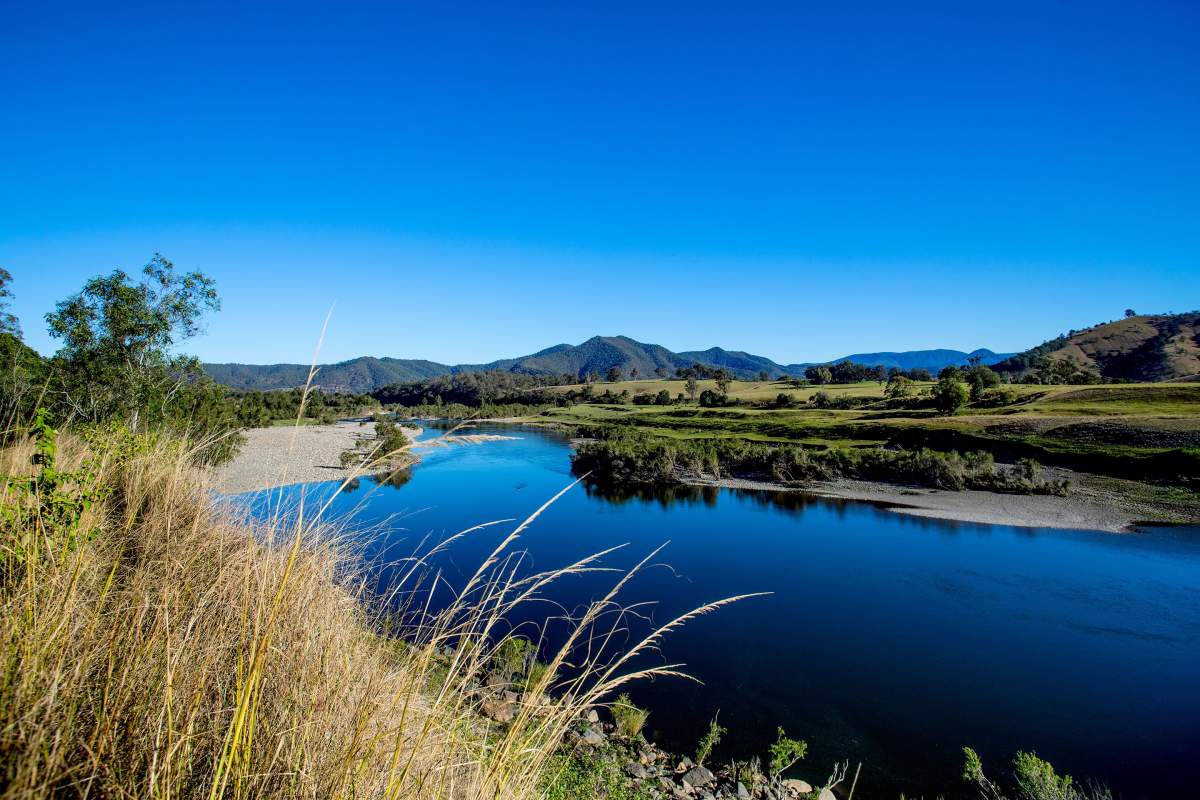
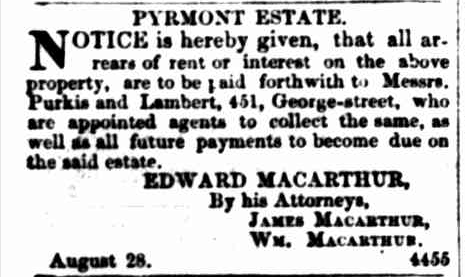
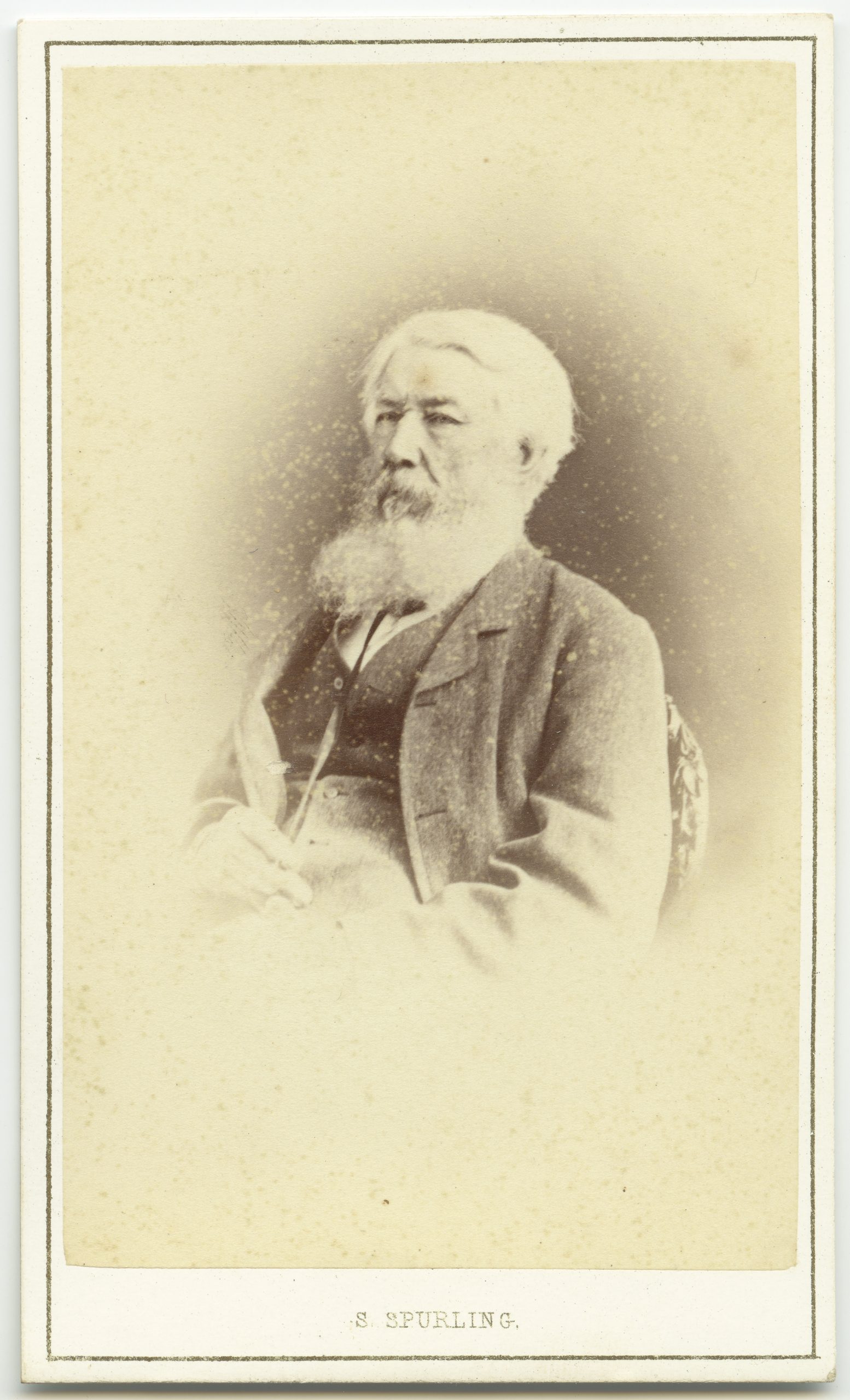
After the Allports left Elizabeth Farm they went to stay at a place called ‘Denham Grange’. It was definitely in the Dundas area: it was so NOT the Denham Farm (145-acre grant to Richard Atkins) and/or Denham Court (100-acre grant to same Richard Atkins). Bertha Allport’s diary makes several references to Denham, for example, ‘1863. Monday 19th Octr… in the morning Mamma, Clara, Alice and I went to Denham Grange’; ‘Friday 30th [October] … Willie went Denham Grange’; ‘Tuesday 1st Decr 1863 … Mamma, Alice and I walked to Denham’.21 They were walking from Elizabeth Farm to ‘Denham Grange’ and back many times before moving there.
On 1 January 1864, the family spent their first night at Denham.
Mrs Bertha Allport inherited a lot of money in 1864 or 1865. Mrs Allport was the daughter of an exceedingly wealthy man, John Betts (1776 – 1864). John Betts left an estate valued at £30,000 – millions of dollars in today’s money. The will of John Betts left £2,000 to Bertha Allport nee Betts.22 Bertha Allport paid £750 for Kishnaghur.23 There is a painting of the house named ‘Kishnaghur’ in the State Library of NSW24. The box containing the painting of Kishnaghur has the notation, ‘Residence of Mr Allport, Parramatta side of Ryde’. The Mitchell Library online catalogue says, “24. ‘Kishnaghur – the residence of dear Bertha’, ‘Residence of Mr Allport, Parramatta side of Ryde’ inscribed in pencil in a different hand below the ink inscription. [Bertha Allport (nee Betts) was H.C. Allport’s second wife]. Unsigned”.25
After Bertha died in 1885, her daughters inherited also, and the land records show they bought a lot of property around Parramatta and beyond between 1896 and 1900.26
The area now is called the Dundas Valley. Kishnagur Archaeological Site is on the State Heritage Register27. The history given on the State Heritage listing says that, ‘Kishnaghur was a notable house built by Captain Thomas Henry Baylis in 1836-1837’. The Thomas Henry Baylis referred to here was born in 1792 and died 24 February 1853; he was buried at Parramatta28. The inscription on the back of the painting of Kishnaghur in the Mitchell Library suggests it is a work by Henry Curzon Allport, but it is very unlikely that this is correct. He died on 2 December 1854. Henry’s widow Bertha Allport bought Kishnaghur for £750 on 6 December 1865.29 Bertha soon moved into the house and lived there for thirteen or fourteen years, according to a Statutory Declaration by James Stewart, a neighbour of the subsequent owner of the property, George Stevens.30 Perhaps some of her family moved to the house also. Henry Curzon Allport never lived in Kishnaghur. The picture of Kishnaghur was more likely painted by one of Henry’s daughters who were capable artists: Catherine Davison (1834-1929), Alice (1840-1920) or Clara Lucilla (1843-1907).
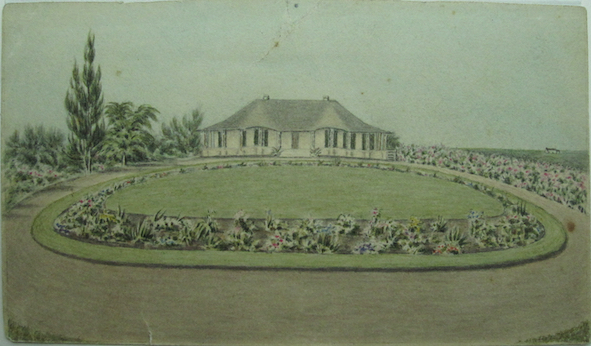
Henry Curzon Allport is not as famous as his brother Joseph who settled in Tasmania. He didn’t make a lot of money. He was an artist at a time when it was not easy to have a comfortable living by one’s artistic skills alone. He supplemented his artistic work with the work of a commission agent and forged a reasonable living for himself and his large family. He is part of the palimpsest that makes up the early history of NSW.
- Kevin Fahey, 2011, https://www.daao.org.au/bio/henry- curzon-allport/biography accessed 5 April 2020
- Joan Kerr, Oxford University Press, 1992.
- Available for
viewing on the British Museum website https://www.britishmuseum.org accessed 17 March 2020 - Allport family correspondence, being mainly letters received from Sir Edward Macarthur, together with associated material, 1852-1863, Mitchell Collection, State Library of NSW, Call number MLMSS 6401
- Bankrupt Directory 1820-1843 www.findmypast.com.au, accessed 1 March 2020
- New South Wales
Government. Inward passenger lists. Series 13278, Reels 399- 560, 2001-2122, 2751. State Records Authority of New South Wales. Kingswood, New South Wales, Australia; New South Wales Government. Reports of vessels arrived (or Shipping reports). Series 1291, Reels 1263-1285, 2851. State Records Authority of New South Wales. Kingswood, New South Wales, Australia - New South Wales Government. Inward passenger lists. Series 13278, Reels 399- 560, 2001-2122, 2751. State Records Authority of New South Wales. Kingswood, New South Wales, Australia; New South Wales Government. Reports of vessels arrived (or Shipping reports). Series 1291, Reels 1263-1285, 2851. State Records Authority of New South Wales. Kingswood, New South Wales, Australia
- The only record available is a curious entry in the record of the Anglican Church of St Peter at Petersham for 7 October 1840 where it records Alice’s baptism. The record is struck out. Source of document: Ancestry.com
- JH Watson, Kempsey, Journal of the Royal Australian Historical Society, Vol. VII part IV pp 198-212 (1921)
- Henry Curzon Allport, Sketches in Sydney, Port Macquarie, Parramatta and Ryde area 1839- 1845, box 1, item 4, PXD 86, Mitchell Collection, State Library of NSW
- Box 2 item 20, Henry Curzon Allport, Sketches in Sydney, Port Macquarie, Parramatta and Ryde area 1839-1845, PXD 86, Mitchell Collection, State Library of NSW,
- Box 1, item 8, Henry Curzon Allport, Sketches in Sydney, Port Macquarie, Parramatta and Ryde area 1839-1845, PXD 86, Mitchell Collection, State Library of NSW.
- Allport family. Item 3, Allport Family Papers, 1834-1855, 1834, Call No. Aa 31, Mitchell Collection, State Library of NSW.
- Goonoo Goonoo Station https://www.goonoogoonoostation.com/copy-of-careers
- Libraries Tasmania, Who were the Allports? <https://libraries.tas.gov.au/allport/Pages/family.aspx>, accessed 22 February 2020
- Bertha Allport Diary [attrib], 1854, Object number 2012.3.1, Parramatta Heritage Centre, p. 1
- Allport family correspondence, being mainly letters received from Sir Edward Macarthur, together with associated material, 1852-1863, MLMSS 6401, State Library NSW.
- Bertha Betts Allport, ‘Diary of Miss Allport (1863-1864)’, B507, State Library of NSW.
- Bertha Betts Allport, Diary of Miss Allport, 1863-1864, B507, State Library of NSW.
- Cumberland Argus and Fruitgrowers Advocate, Thursday 21 March 1829, p. 16.
- Bertha Betts Allport, Diary of Miss Allport, 1863-1864, B507, State Library of NSW.
- Will of John Betts, available at https://probatesearch.service.gov.uk/#wills, viewed 14 June 2021.
- NSW Land Registry Service Historic Land Records Viewer, Book 96 No. 544
- Henry Curzon Allport, Sketches in Sydney, Port Macquarie, Parramatta and Ryde area 1839-1845, PXD 86, Mitchell Collection, State Library of NSW, box 3 item 24
- Allport, Henry Curzon. Sketches in Sydney, Port Macquarie, Parramatta and Ryde Area, 1839-1845 / H. C. Allport, 1839, Call No. PXD 86, Mitchell Collection, State Library of NSW.
- Numerous records at NSW Land Services Registry
- NSW Environment, Energy and Science, < https://www.environment.nsw.gov.au/heritageapp/ViewHeri ID=5062788> accessed 22 February 2020
- Ancestry.com.au: Reference Number: REG/BUR/4; Description: Vol 04, 1839-1889; Parish: St. John’s Anglican Church Parramatta
- NSW Land Registry Services Historical Lands Records Viewer Old System Records Book 96 Page 544.
- NRS-17513-8-52-PA 20517 NSW State Archives.


